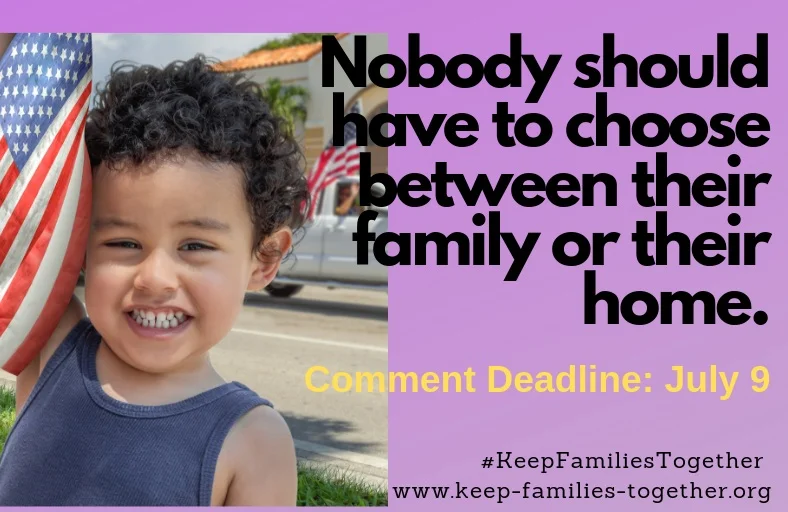Housing
Housing justice is the assurance of stable, high-quality, safe, and affordable housing to residents of all income levels. Ensuring that one’s housing conditions are stable, high-quality, and affordable are directly tied to one’s health.
Stable housing refers to having a consistent place to reside. Those who are unhoused or lack stable housing often face increased physical and mental illness, as well as increased mortality. These health effects are also present for those who constantly move from home to home.[1] Poor quality housing can lead to chronic illness, injuries, and affect childhood development and potentially birth outcomes. Water leaks, poor ventilation, dirty carpets and pest infestation can lead to an increase in mold, mites, and other allergens. Cold indoor conditions can increase risk of cardiovascular disease; exposure to extreme high/low temperatures in general can increase mortality, especially for the elderly. Homes exposed to lead poisoning can affect brain and nervous system development.[2]
Housing located near necessary resources and amenities, such as grocery stores, employment opportunities, and parks promotes health and well-being as it provides individuals with access to essential goods and services related to many other social determinants. Lastly, housing affordability is deeply tied to housing stability and quality and greatly affects one’s housing conditions. Lack of affordable housing can limit housing options which can lead individuals to live in unsafe, substandard housing with fewer resources. Unaffordable housing forces many to make trade-offs between food and other basic needs in order to make ends meet.
The inequity in housing conditions is one manifestation of racism and white supremacy and their harmful impacts on health. Most Americans have continued to live in racially and economically segregated communities, especially within cities and neighborhoods. Within communities of color, there are higher numbers of dilapidated housing structures. Residential segregation [3] has also led to these communities being exposed to additional economic harm and violence/crime—continuing the cycle of harsh/punitive policing.
Improvements in housing conditions are desperately needed to achieve health equity for marginalized communities. Basebuilding organizations are leading this work on the ground with the conviction that housing is a human right. Their efforts to advance housing justice include centering community voices and interests in housing developments, fighting gentrification, combating racial segregation and discrimination within the housing market, and building tenant power to address poor housing conditions and landlord exploitation. They are also fighting to protect affordable housing as well as promote community ownership of land and the decommodification of housing.[4]
DISPARITIES AND STATISTICS
Race and Ethnicity:
In 2019, the Center for American Progress reported that Black, Indigenous, people of color continue to endure rampant discrimination in the housing market: 17% of Native Americans, 25% of Asian Americans, 31% of Latinos, and 45% of African Americans report experiencing discrimination when trying to rent or buy housing.[5]
Gender:
A 2018 study done by LGBTQ research firm Community Marketing and Insights found that only 49% of LGBTQ households are likely to own a home, far below the national average of 64.3%. In addition, 46% of LGBTQ homeowners fear discrimination in the process to obtain housing.[6]
Socioeconomic Status:
The National Low-Income Housing Coalition’s 2019 report found that there are fewer than four rental homes affordable and available for every 10 extremely low-income renter households nationwide. Extremely low-income households account for nearly 73% of the nation’s severely cost-burdened renters, who spend more than half of their income on housing.[7]
Severely cost-burdened renters are 23 percent more likely than those with less severe burdens to face difficulty purchasing food. Homeowners who are behind in their mortgage payments are also more likely to lack a sufficient supply of food and to go without prescribed medications, compared to those who do not fall behind on payments.[8]






































